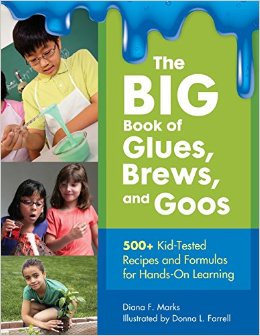
Here’s a book to help students create cross-disciplinary projects by using materials they make themselves. From clays and dough, to compounds and crystals, to healthy treats and snacks, children can access the formulas and recipes to make them all! This updated resource combines everything from the former two volumes into one comprehensive edition and features even more recipes, additional relevant content, and expanded connections between activities and curriculum.
Every activity provides you with easy-to-follow, step-by-step directions. Each tried-and-true, safe concoction uses easily obtainable ingredients and provides suggestions for determining why and when each formula can be used. The book contains recommendations for linking projects to curriculum to help make each activity relevant and educational. Organized into 33 chapters, projects include making musical instruments, growing and using plants, conducting science experiments, and preparing food for ourselves and other creatures.
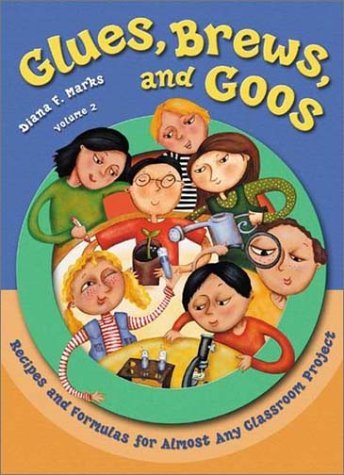
This second volume delivers completely new recipes and activities that have all been kid-tested and teacher-approved.
From making volcanic rock candy and crystals to creating and using a quill pen, paper, and ink used in 1776, these activities make learning authentic and enjoyable. All projects use ingredients that are easy to find and processes that are up to date.
This indispensable source pulls together hundreds of practical, easy recipes and formulas for classroom,
library, and home projects.
From paints and salt map mixtures to volcanic action formulas, these kid-tested projects make learning authentic and enjoyable.

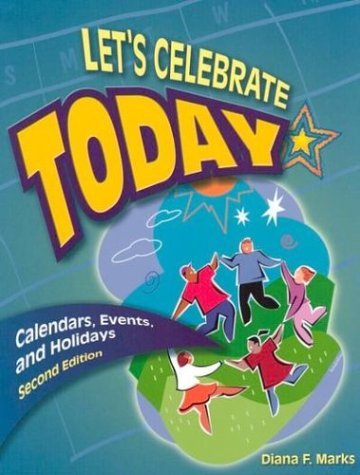
This practical day-by-day calendar is a goldmine for planning exciting activities and classroom units based on national and international holidays, multicultural and historic events, famous firsts, inventions, birthdays of important individuals (including authors), and more. The entries are annotated and include contact information and Web site addresses to facilitate further research and learning. In addition, three suggested learning activities are provided for each day of the year.
This practical day-by-day calendar is a goldmine for planning exciting activities and classroom units based on national and international holidays, multicultural and historic events, famous firsts, inventions, birthdays of important individuals (including authors), and more. The entries are annotated and include contact information and Web site addresses to facilitate further research and learning. In addition, three suggested learning activities are provided for each day of the year.
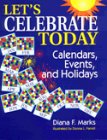
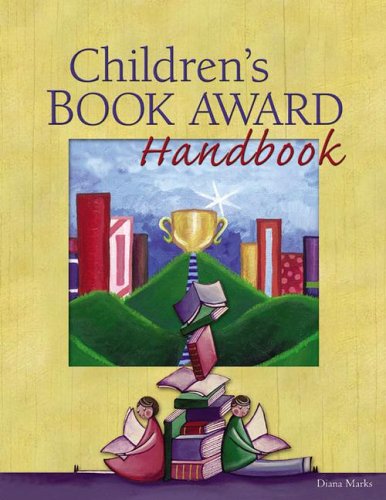
Diana Marks looks at children’s and young adult book awards in depth. The history, award criteria, and a biography of the person behind each of the well-known awards is included. Also of interest are lists of the winners in each category, teaching and exploration activities, reproducible teaching aides, and a timeline of events leading up to the establishment of the award. Information about well-known awards is accompanied by information on the lesser known, Pura Belpre, Jane Addams, etc. Information is formatted in quick, easy-to-read tables and charts suitable for classroom duplication. This is a “one stop” handbook that contains lesser-known awards, and offers activities for enriching the study of each award,
whether well-known or not.